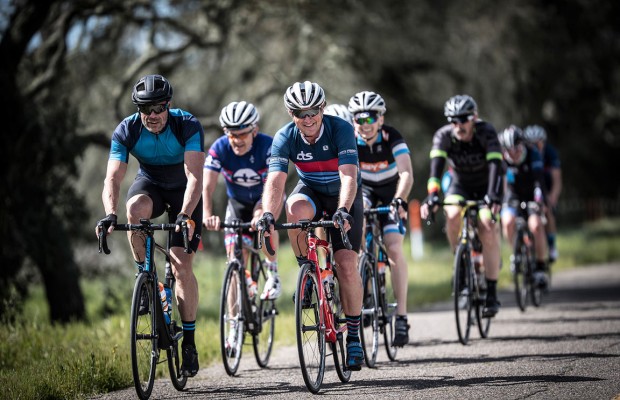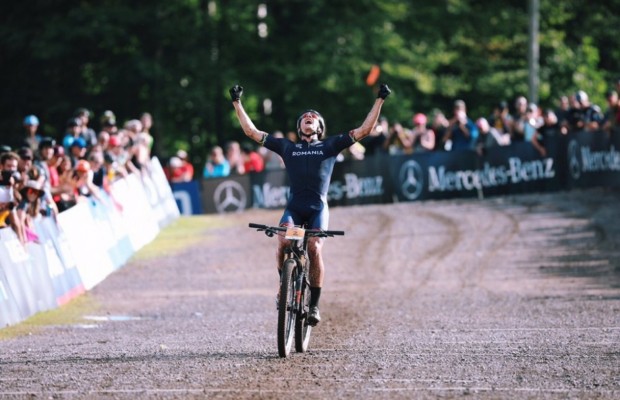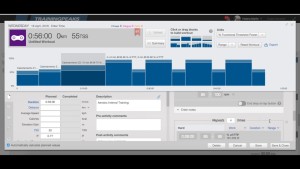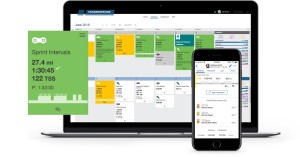Important keys to make your training work
Personalisation is one of the basic principles of training. The plan has to be adapted to the cyclist and not the other way around. Having a personalised training plan to fit in with an increasingly demanding rhythm of life becomes a real balancing act for both experienced trainers and those who try to follow a generic plan.

What to consider when designing the ideal personalised training plan
Personalised training is essential not only if we want to achieve our maximum performance but also simply to be able to sustain it over time and not end up saturated with cycling.
There are many cyclists who try to follow any generic plan they find on the internet and in a more or less long period of time end up colliding with the reality that makes it incompatible with their rhythm of life. The current paradigm is no longer that of a person who works from Monday to Friday for 8 hours with a constant routine, but rather shift work or self-employed workers whose schedules are completely undefined are becoming increasingly common.
RECOMENDADO

Black Friday 2025 cycling bargains: save on Garmin, POC, Maxxis and more

Black Friday Garmin 2025: the ultimate guide to choosing your GPS at the best price

How to wash your cycling clothes? 10 keys to make them always look new

Cycling can help you fight the effects of the time switch

Easy to apply tips for riding faster

The real importance of signing up for a race

As we said at the beginning, the principle of individualisation is one of the basic pillars of sports training. A mantra that is even more important nowadays, where coaches have to be in constant communication with their pupils in order to constantly adapt the plan according to the changes that occur. A task that must also be taken into account by the autodidact when developing a personalised training programme for himself, even if he starts from a generic one.
Previous planning
The first thing to do before you start training is to sit down and think about how many hours a week you can realistically devote to training. It is clear that we would all like to train 15 or 20 hours a week, but we must be consistent and define our priorities.
There are things that are non-negotiable, such as the time we dedicate to work and the time we dedicate to our family. If someone who does not make a living from cycling tries to put it above them, they are surely making a mistake that sooner or later will end up affecting them.

When it comes to setting the daily time available, you also have to be sensible and not try to rush the schedules thinking that you are going to get home and in 5 minutes you are going to be pedalling. You have to leave some margin for the imponderables: that day when there is more traffic on the way home, a flat tyre in the middle of training that can make you arrive at night, in short, anything you can think of.
It is also very important to set in advance the goals we want to achieve during the season: that race in which we want to stand out or that cycling tour with an epic route for which we have been prepared. Set aside those dates in the calendar to avoid overlapping with work or family events and that will be the lighthouse that determines how to develop the training during the previous months.
The essence of personalised training
When it comes to the actual weekly training sessions, there is not really much mystery as it is a matter of adapting the typical distribution of the microcycles but taking into account the circumstances of each individual.
A long interval training session, another one with short series, a long training session, rest... these are common sessions in the training plans that we will distribute during the weeks. Although it is common to dedicate weekend days to long runs, a certain person may not be able to do so because those days are dedicated to the family or their shift work forces them to work that week.

In these cases where it is necessary to deviate from the standard, it is important not to try to invent things and to respect the times. It doesn't make any sense to do a tough series session the day after a long ride that has left you feeling beaten up. Something that also has to be taken into account if you have to change the training sessions of a week, for example if you can' t do what you had to do today, moving it to the next day is not always the right thing to do as it could be conditioning the rest of the week.
The type of job activity of each individual should also not be overlooked. You can't try to get someone who has just finished working a night shift to come home and go out to train, or the placement of the most intense workouts for someone who does physical work.

In general, the key is, above all, perseverance. As they say, less is more. It's better to train constantly, even for a short time, than to ride 500 kilometres on Saturday and Sunday and then not touch the bike for the whole week.
We must also learn to be flexible with ourselves and accept that we are not professional cyclists, only dedicated to training and resting. We must also know how to listen to our body and if at any given moment we have to skip a training session because we are saturated, we should not torture ourselves with it. However, we must make sure that this does not become the norm, otherwise the problem would be that our personalised training is not properly adapted to our circumstances.

Under these conditions, invisible training becomes even more important. Dedicating sufficient time to rest -let's not forget that our daily activities also add to our training load- and taking even greater care of our diet will become important pillars on which to base our personalised training.
Believe it or not, there are athletes who achieve truly remarkable performances with training volumes that may seem ridiculous, simply by establishing a realistic training plan that is fully adapted to us. A task for which, as we always like to recommend, you should entrust to a qualified trainer who, apart from having much more knowledge to manage all these variables, will also help us to take the burden of having to think about planning out of our heads.